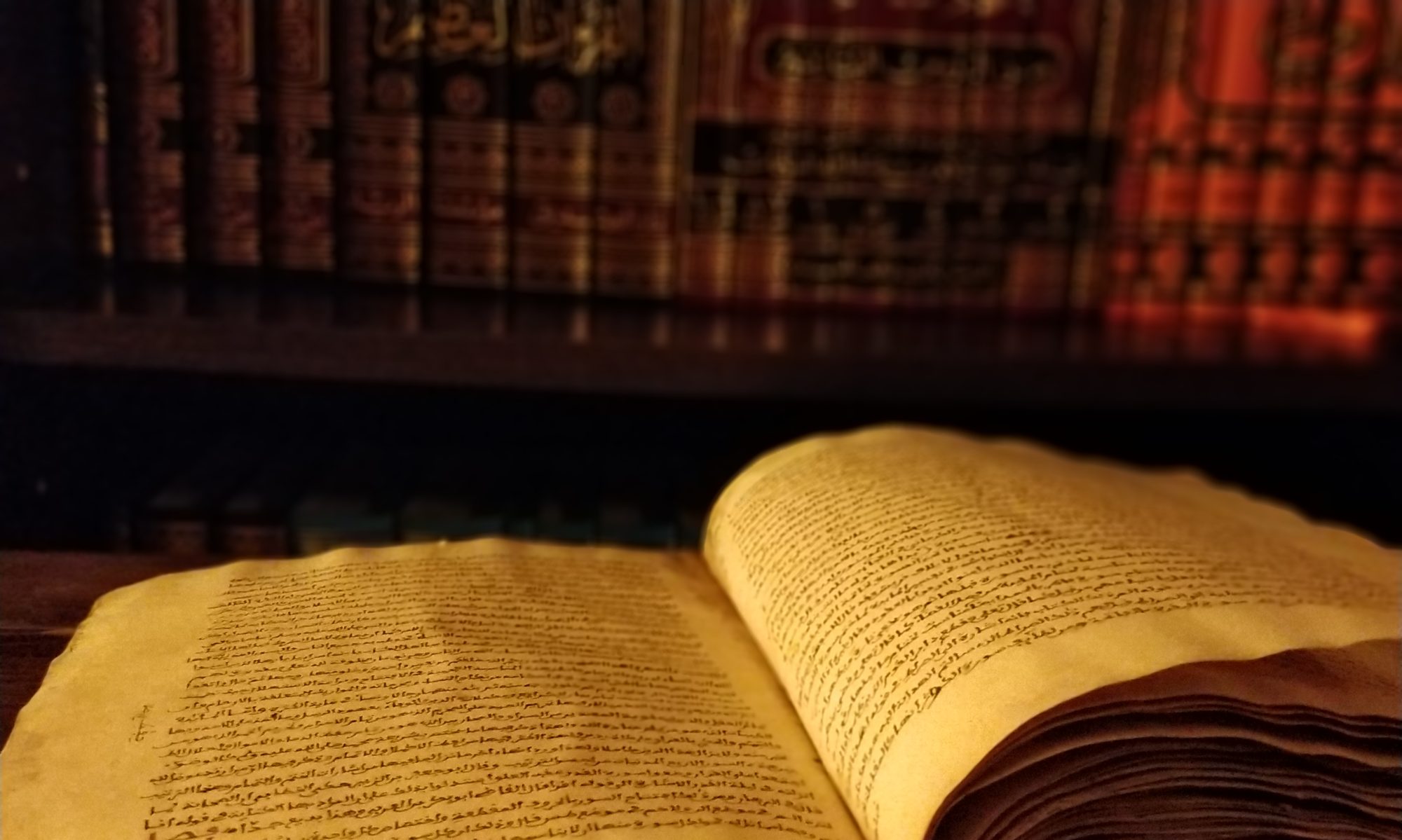Title: Al-Bahr az-Zaakhir fi Taarikh Al-‘Aalim wa Akhbaar al-Awaa’il wal Awaakhir | البحر الزاخر في تاريخ العالم وأخبار الأوائل والأواخر
Author: Mahmoud Fahmy Pasha (d. 1311H/1894 CE) | محمود فهمي باشا
Biography: The author is Engineer Mahmoud Fahmy Pasha (محمود فهمي باشا المهندس) [Born in Shaltoor in the village of Bani Yusuf in 1255H/1829CE and d. 1311H/1894CE in Sri Lanka and is buried in Kandy] (Mu’jam al-Mu’alifeen, 12/189). He was an Egyptian engineer who taught at the Munadaskhana (Polytechnic) school in Bulaaq (Brockelmann, 2/569). He trained in the military and taught Engineering in the military. He was appointed Minister of Public Works by Ahmed ‘Uraabi, the leader of the ‘Uraabi revolution against the British Colonial Empire in Egypt during the rule of Khedhive (Viceroy) Isma’il Pasha (son of the infamous Ibrahim Pasha, and grandson of Muhammad Ali Pasha) and his son Tawfiq Isma’il. Egypt under Isma’il Pasha was economically controlled by Europe. Ahmed ‘Uraabi’s Arab nationalist movement severely opposed the British and French control of Egypt under the Ottoman rule (governed by Isma’il Pasha). Isma’il Pasha gave into ‘Urabi and this upset the British and French, who intervened and had the Ottoman’s replace Isma’il with his son, Tawfiq. ‘Uraabi and several allies, including Mahmoud Fahmy Pasha, petitioned the Ottoman Khedhive (Viceroy) and were arrested in 1881. They rebelled against the foreign rule in 1882 and the British invaded Egypt and apprehended them. They were sentenced to death. Their sentencing was turned to exile by the British to one of its colonies, Ceylon (Sri Lanka) and ‘Uraabi and his colleagues were exiled to Sri Lanka in 1883 arriving on the S.S. Mariotis in the Colombo Harbor. Mahmoud Fahmy Pasha and his large family remained in Sri Lanka and he died in 1311H/1894 CE. (Al-I’laam of Az-Zirkili 7/180).
References: A complete narrative of the chief events of the year 1883 [From October 1, 1882 to September 30, 1883]. Cassel & Company , ltd. 1883: London.
Broadley, A. M. (1884). How we defended Arabi and his friends: a story of Egypt and the Egyptians. Chapman and Hall.
Meeadhu, M.Y.M. (2010). Newspaper Article: Historical Significance of Egyptian Exile. Sri Lanka Daily News. 15 January, 2010
Scribe: Mahmoud Fahmy Pasha (d. 1311H/1894 CE) | محمود فهمي باشا (Autographed)
Date: 1309H/1891CE – 1892CE
Script: Ruq’ah
Size: 32×20.5 CM
Folios: 135 ff.
Description: 41 Lines/Page | Large brown Laid paper, probably Indian origin- No watermarks | This is likely from the first volume of the work. Latifah Muhammad Salim mentioned in her book ‘Uraabi wa Rifaaqihi fi Jannatu Aadam (2009) that Mahmoud Fahmy divided his Taarikh in three parts: 1) the Early era, 2) Middle era, and 3) Later era (modern). Yet he placed the recent history of Egypt in the first volume until the ‘Uraabi revolution, thereafter writing his auto-biography. This portion is reflected from page 3 (Introduction) to page 86 (87 & 88 are missing), then resuming page 89 to 178 (179 & 180 are missing), then resuming 181 to 196. A portion of the volume is missing (sold at the Philatelic Society of Egypt on 9/10/17 ) from pages 197 to 220 (24 pages). The remaining pages begin from Kitaab ath-Thaalith (page 221) until page 276 (277 & 278 missing). It continues from page 279 to 280 ( 281 & 282 missing). It continues from 283 to 300. This work was authored and completed in Colombo, Sri Lanka and signed by the author. | Black ink with some rubrication | Unbound. | This is an extensive modern work on history, and this volume is extant, yet incomplete missing the last few chapters
Incipit: اذ من المعلوم ان كل شيء موجود تحت
Explicit: [..]
Provenance: This portion of the manuscript was in the care of a descendant of the author. Unfortunately, the part: “Kitab ath Thaamin” (The 8th book), totaling about 12ff. (24 pages) was sold on 9/10/17 in the Philatelic Society of Egypt auction to a local collector in Egypt.
Research Notes: After Mahmoud Fahmy Pasha’s death in 1894CE, the Ameeriyyah Printing Press in Bulaaq, Egypt published this manuscript in 3 large volumes of 1164 large pages of 19X27 CM (It currently sells for $300 and is a rare print, being one of the earliest publications of Bulaaq). Yusuf Sirkees (d.1351H) noted that the final (fifth) volume of the manuscript was not completed, therefore not published by Bulaaq (Mu’jam al Matboo’aat, 2/1713). It was again published with the checking of Latifah Muhammad Salim, Mustafa Al-Gharib, and Dina ‘Abdul-Hamid in 1428H/2007. Some of the manuscript along with the remainder of his library were taken to Imaam Muhammad bin Sa’ud as mentioned by Dr. Ahmad Khaybari [Alriyadh article on 21/4/1427H corresponding to 19/5/2006 http://www.alriyadh.com/155573]. There are two volumes of this manuscript in the King Sa’ud University ( Both completed in 1309H/ 1982CE and totalling 1,010 pages: Number 3267 j & 3267 in category 909 ب م corresponding to: Chapters 35 to 39 in 206ff. about the Americas & Chapter 40 in 299ff. about the Sub-continent- in it he wrote extensively about Sri Lanka).
There is only one known manuscript of this work- handwritten by the author during his exile in Sri Lanka. There are occasional dated notes by the author indicating key events while writing his manuscript.
Accession #: Ms.032j.e

